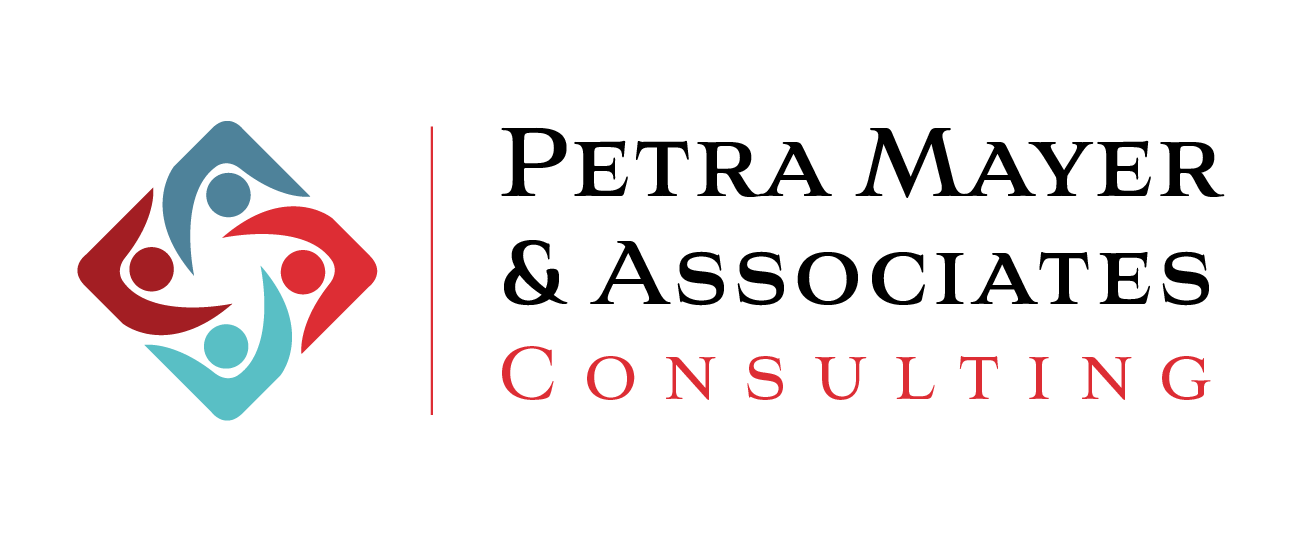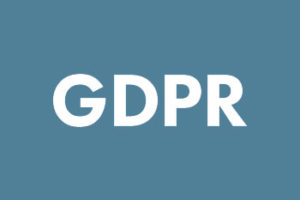Compliance training, a critical component of any organization’s operations, is often met with reluctance from employees. Its reputation for being repetitive and time-consuming can lead to procrastination, creating a ticking time bomb for audits and assessments. In larger enterprises, the challenge to track completion can become even greater.
In this blog, we’ll explore 5 ways in which an LMS can optimize your compliance training efforts, from customizable reporting to automated reminders.
1. Tracking and Monitoring
When it comes to compliance training, keeping tabs on progress and completion can become complex, especially within large organizations. When a significant population is engaged in training, ensuring everyone meets their deadlines quickly becomes difficult to manage. Here are a few ways that a LMS can help with these issues.
Streamlined progress tracking
An LMS offers a centralized platform where administrators can effortlessly monitor the progress of employees in their compliance training journey. From completed modules to pending assessments, the LMS provides a comprehensive overview. This type of tracking eliminates the need for manual record-keeping, reducing the risk of oversights and ensuring everyone stays on track.
Meeting regulatory deadlines
Different organizations often impose strict deadlines for compliance training completion. An LMS equips organizations to meet these deadlines. Automated notifications and alerts can be set up to remind employees of impending deadlines, minimizing the risk of non-compliance during audits.
Ensuring accuracy and consistency
In compliance matters, accuracy and consistency are non-negotiable. An LMS ensures that the right training materials are accessible to the right individuals, reducing the risk of misinformation or incomplete training. This level of control safeguards against potential compliance gaps, providing peace of mind for both the organization and its regulatory stakeholders.
By leveraging the tracking and monitoring capabilities of an LMS, organizations can turn what was once a complex and daunting task into a streamlined, well-managed process. The result? Compliance training that is not only efficient but also effective in meeting regulatory requirements.
2. Customized Reporting
When it comes to compliance training, one size certainly does not fit all. Each department within an organization may have distinct compliance requirements, necessitating tailored reporting mechanisms.
Let’s take a look at a few ways your LMS can help you with this.
Facilitating communication with leaders
For department heads and leaders, staying informed about compliance training progress is crucial. An LMS can generate automated reports that are easily shareable, offering real-time updates on the status of their team members’ training. This not only promotes transparency but also allows leaders to proactively address any gaps in compliance knowledge.
Data-driven decision-making
Customized reporting isn’t just about compliance checkboxes; it’s about deriving actionable insights. Analyzing compliance data can reveal trends, areas of improvement, and opportunities for refining training programs. With this data in hand, organizations can continually enhance their compliance training initiatives.
By embracing customized reporting through an LMS, organizations gain the power to not only meet compliance requirements but also to do so in a way that is tailored to the unique needs of their departments and teams. This level of customization transforms compliance training from a checkbox exercise into a strategic initiative that fosters a culture of accountability.
3. Automated Reminders
In the world of compliance training, deadlines are non-negotiable. However, in the midst of daily responsibilities, it’s easy for employees to overlook impending requirements. Let’s look at a few of the ways that your LMS can help with that.
Mitigating procrastination
Procrastination is a common hurdle in compliance training. Busy schedules and competing priorities can lead employees to postpone training until the last minute. Automated reminders counteract this tendency, providing consistent prompts that help individuals allocate time for training amidst their other responsibilities.
Tailored frequency and content
The frequency and content of reminders can be customized based on organizational preferences and the nature of the compliance training. For instance, more frequent reminders may be appropriate for time-sensitive modules, while less frequent reminders can be set for ongoing or recurrent training.
Documentation of engagement efforts
Automated reminders also serve an administrative purpose by providing a clear record of engagement efforts. In the event of an audit or compliance review, these records demonstrate the organization’s commitment to ensuring that employees are well-informed and up-to-date on compliance matters.
By harnessing the power of automated reminders, organizations can proactively address compliance training challenges. These reminders not only reinforce the importance of timely training but also foster a culture of accountability and adherence to regulatory requirements.
4. Accessibility and Convenience
In today’s digital age, flexibility in learning is of utmost importance. Employees are no longer confined to traditional workspaces, and the tools they use should reflect this shift. Let’s look at a few ways that your LMS can help here.
Multi-device learning
An LMS allows employees to access compliance training materials from various devices, including tablets and smartphones. This versatility enables them to engage with the content at their convenience, whether they’re in the office, on the go, or working remotely. By breaking free from the confines of a desktop, employees can seamlessly integrate training into their work routines.
Adapting to diverse learning styles
Individuals have unique learning preferences. Some thrive in traditional classroom settings, while others excel in self-directed online learning. An LMS caters to both by offering a diverse range of content formats, from written materials to videos, interactive modules, and more. This adaptability ensures that every learner can engage with the material in a way that resonates with them.
Supporting continuous learning
Accessibility isn’t limited to initial training – it extends to ongoing learning and development. An LMS provides a platform for continuous education, allowing employees to revisit training materials, access additional resources, and stay informed about updates or changes in compliance requirements.
By prioritizing accessibility and convenience, an LMS empowers employees to take ownership of their learning journey. It transforms compliance training from a rigid obligation into a flexible, integrated part of their professional development, ultimately enhancing their knowledge retention and application.
5. Streamlining Annual Training
In the world of compliance, annual training serves as a crucial touchpoint for reinforcing essential knowledge and adapting to evolving regulations. However, it’s not uncommon for employees to approach annual training with a sense of resentment, especially if the content closely resembles previous training. Let’s look at a few ways to optimize the effectiveness of annual training.
Concise and targeted content
When it comes to annual training, brevity is key. An LMS empowers organizations to distill critical information into concise modules, focusing on key updates and essential knowledge. This approach prevents training sessions from becoming burdensome and ensures that employees absorb the most pertinent information.
Highlighting changes and updates
Rather than rehashing familiar material, annual training should shine a spotlight on new developments and regulatory changes. An LMS can effectively highlight these updates, providing employees with a clear understanding of what has shifted and why it’s imperative to their roles and responsibilities.
Reinforcement of core concepts
While annual training may revisit familiar territory, it also offers an opportunity to reinforce core compliance concepts. An LMS enables organizations to incorporate interactive elements, quizzes, and assessments that challenge employees to apply their knowledge. This active engagement promotes deeper understanding and retention.
By leveraging the capabilities of an LMS, organizations can transform annual training from a repetitive exercise into a dynamic, targeted, and impactful learning experience. This approach not only maximizes knowledge retention but also cultivates a culture of continuous learning and compliance consciousness.
Final Thoughts
In the world of compliance, deadlines are non-negotiable. Your LMS is the key to ensuring timely and effective training.
Through automated reminders, the LMS keeps compliance at the forefront of employees’ attention, combating procrastination and providing a clear record of engagement efforts.
Moreover, the LMS offers accessibility and convenience, allowing training on various devices and accommodating diverse learning styles. It transforms annual training into a dynamic, impactful experience by focusing on critical updates and reinforcing core concepts.
With your LMS, compliance training becomes a proactive, engaging endeavour, fostering a culture of continuous learning and regulatory adherence.
Ready to Get Started?
Ready to optimize your compliance training? Connect with our expert advisors today for tailored solutions! Contact us now!


